About Echeverias
Here you'll find expert advice to help you grow echeverias perfectly, with a gallery of 150+ beautiful, notable species and cultivars. Learn about the plants' native habitat, optimal care, light and water requirements, flowering, soil, fertilizer, pests, and propagation.
Origin
Echeverias are native to remote, mountainous terrain between 1,000 and 4,000 feet elevation. They range from Mexico to Argentina and grow in rock faces and ledges on near-vertical cliffs. Many of the 150 recognized species have been crossed to make new cultivars, of which there are well over a thousand. Most echeverias that are cabbage-like, ruffled, crinkly or bumpy are hybrids (names shown in single quotes).
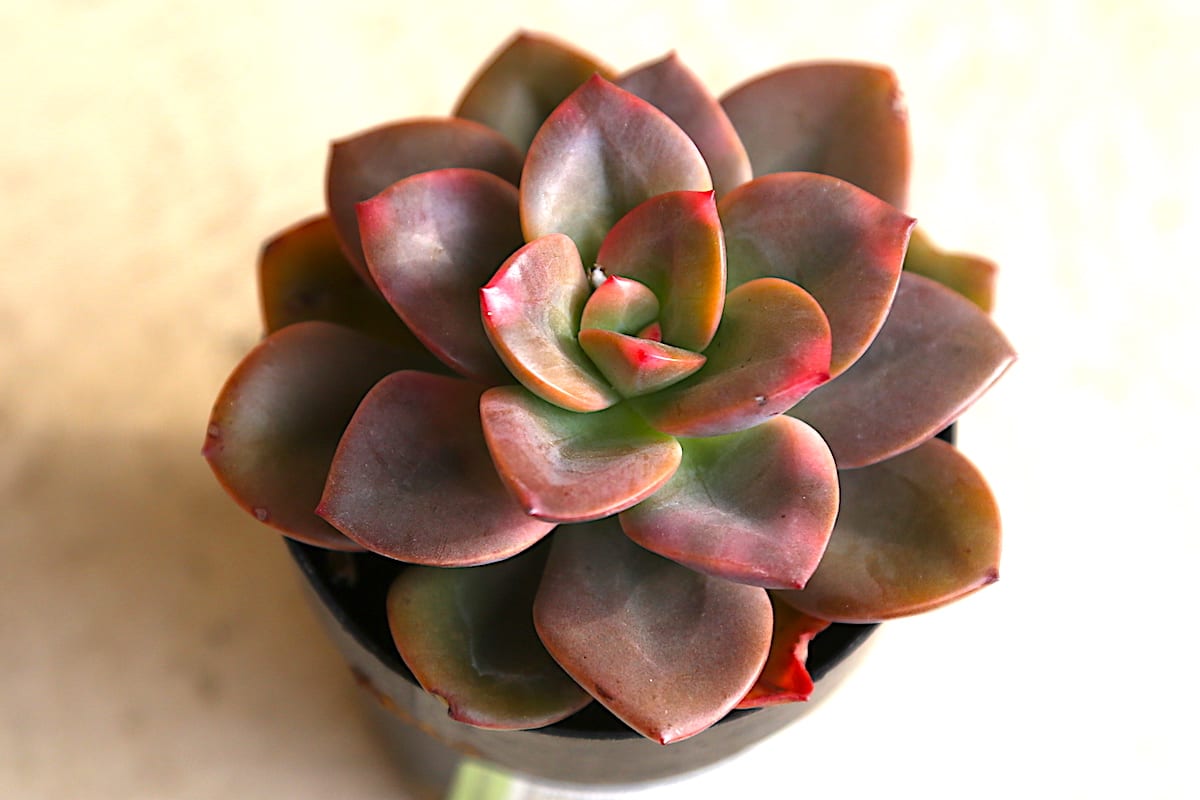
Echeveria 'Chroma'
Seasonal Care
Echeverias look good in spring due to fresh new growth, but autumn is when they attain their best color. In summer the leaves can be weak and brittle. In winter, plants go dormant and dry lower leaves hug the stem to protect it from cold. Wait until spring to remove dead leaves and tidy the plant.
Air circulation
Echeverias do best in dry air and dislike high humidity. Good air circulation keeps pests from settling in.
Temperature
Ideal daytime temps are in the 70s F; nighttime, 40-60 F. They can’t handle soil temps above 100 F or below 32 F. “They like to cool off at night,” says expert Dick Wright, adding that similar day and night temps are one reason echeverias don’t do well in Florida and Hawaii (that, and high humidity). In his greenhouses on cold winter nights, Dick uses heat mats to warm the soil. “Warm roots keep plants from freezing,” he says.

Light-deprived (etiolated) echeveria
Care
Protect echeverias from intense summer sun, hail, and excessive rain and humidity. Most handle some frost, but none do well in desert heat. Because echeverias grow in the direction of greatest light, they may become unbalanced, so rotate the pot 180 degrees every so often for even exposure.
Will Echeverias grow indoors?
Unless you have a greenhouse, it's best to grow echeverias outdoors where they'll get balanced sun and good air circulation. In low light, echeverias flatten to expose more leaf surface to available sun. Stems stretch and new growth is pale. Reintroduce such etiolated plants to greater sun gradually, lest they burn.
Light Requirements
To bloom, echeverias need both intensity and duration of light—two separate things, Dick notes. "In summer the light is intense, so plants need only two hours of full, south-facing sun a day.” In his greenhouses during long winter nights, he increases the duration of light with 7-watt bulbs.

Echeveria flowers
Echeveria Flowers
Echeveria blooms make lovely, long-lasting bouquets. The main flowering time is spring, but some species bloom at other times of the year. Nurseries and collectors may remove flower stalks because they make the plants lean toward light and drain their vitality.
>> Should you cut the flowers off echeverias?
Watering Echeverias
As with most succulents, drench soil and then let it dry between waterings. When echeverias are actively growing, keep soil moist. When they’re dormant, keep it on the dry side (in winter, water sparingly every two weeks).
Soil
These cliff-dwellers need superb drainage lest roots and stems rot, and they like rich soil. Repot every year or two (less often when plants are mature).
Dick Wright’s soil formula:
6 parts pumice or perlite
2 parts compost
2 parts washed concrete (builders') sand
OR simply use equal parts bagged cactus mix and standard potting mix.
Fertilizer
If you use bagged soil, don’t fertilize the first year. Feed when the plants are actively growing, but not in autumn in order to heighten color. “Don’t fertilize when they’re really pretty,” Dick advises, and “don’t use anything that’s more than 5% nitrogen, or the plants will grow awkward. Use 5-2-2 or 10-5-5 half-strength. Quit in November and don’t feed again until February."

Mycoplasma infection
Pests
Echeverias are prone to mealy bugs in leaf axils and aphids on flower buds. Remove dry leaves and cut off bloom stalks, and/or spray with 70% isopropyl alcohol.
Crackling and scabby areas on leaves indicate mycoplasma bacteria. “It’s not worth trying to treat it,” Dick says. "It's best to simply discard the plants."
>> Learn more about pests and problems affecting succulents
Propagating Echeverias
Echeverias attain maturity (maximum diameter) at two to three years of age. Rosettes typically end up atop stems pocked where leaves were attached. These growth nodes are capable of producing roots and new little plants. Even large rosettes can be severed from their stems (beheaded) and rooted as cuttings.
>> Propagating succulents is easier than you may think! See my video series on succulent propagation for simple tips and techniques.
Beheading Older Plants
The longer, thicker, and older an echeveria's trunk, the smaller the rosette at the tip will be. Behead an echeveria when the rosette is still large in proportion to the stem. Once it's thick and woody, it's not as likely as a green stem to produce roots or offsets.
Resources
Echeveria gift basket video
Plant a Succulent Gift Basket with Echeverias (3:29)
Dick Wright on Echeverias, Part One: Meet Dick Wright (3:43)
Dick Wright on Echeverias 2: Wright Cultivars (8:18)
Dick Wright on Echeverias 3: How to Grow (7:34)
Plant an Echeveria Garden in Pots (5:22) My own potted echeveria garden.
NEW: How to Refresh Your Echeveria Garden (6:32)
How to Behead Echeverias to Make New Ones, with Aaron Ryan (4:54)
How to Slice, and Propagate Echeverias, with Succulent Expert Tina Zucker (4:16)
How to Behead and Propagate Ruffled Echeverias with Marylyn Henderson (3:57)
On this site
nurseries
If you're in the San Diego area, find an outstanding selection of echeverias at Oasis Nursery in Escondido.
Or order online from Mountain Crest Gardens. The family-owned nursery sells quality succulents for pots and garden beds at great prices. Echeverias are available as solo specimens ("a la carte"), bare-root, in assortments, and as cuttings.
Look for well-grown, collectible echeverias at shows and sales of the Cactus & Succulent Society of America.
Wright Nursery, located in a remote area north of San Diego near Camp Pendleton is by appointment only. The nursery ships worldwide, with a few exceptions (notably Spain, Australia and Paraguay).
Dick wants to thank everyone who has contacted him as a result of this post and my YouTube series. He’s been swamped with inquiries, so please be patient. “It’s wonderful, but I can’t keep up with them all." Also, providing a list of plants is difficult, because “I don’t know what we’ll have from week to week.” Dick turned 90 in September. He's says he's doing great, "and so are the plants."

Debra Lee Baldwin and Dick Wright, 2017
Books
"Echeveria Cultivars" by Australian experts Lorraine Schulz and Attila Kapitany.
"Succulent Container Gardens" by Debra Lee Baldwin. Use echeverias and other rosette succulents to create beautiful, floral-style potted gardens.
"Succulents Simplified" by Debra Lee Baldwin pp. 209-214 and throughout.
Echeveria Photo Gallery
My goal is to show exceptionally beautiful, noteworthy Echeveria species and cultivars at peak form and color. Dick Wright hybrids are flagged in the captions, in parenthesis: (DW). Special thanks to Kraig Wright for the use of his photos.
Those in my Echeveria Garden in Pots (on this website and on YouTube) are marked with an asterisk *.
An echeveria's color and shape may vary depending on how old it is; the time of year; and the direction, duration and intensity of the sun's rays. This makes ID'ing echeverias difficult, especially since many cultivars look alike and may be closely related. Accuracy, as always, is paramount; if you disagree with any IDs, please let me know. -- Debra Lee Baldwin
Types of Succulents from Aeonium to Zebra Plant, Photos & IDs
Debra’s Dozen Easy-Grow Succulent Plants for Beginners
Trying to make sense out of succulents? There are numerous varieties, but these are the most common succulents and those you’ll likely run across. Enjoy growing and discovering these fascinating “plants that drink responsibly!”

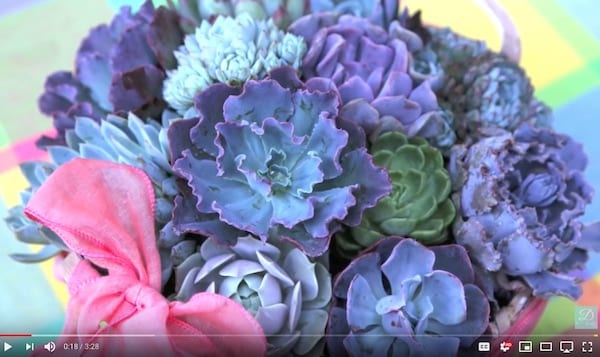
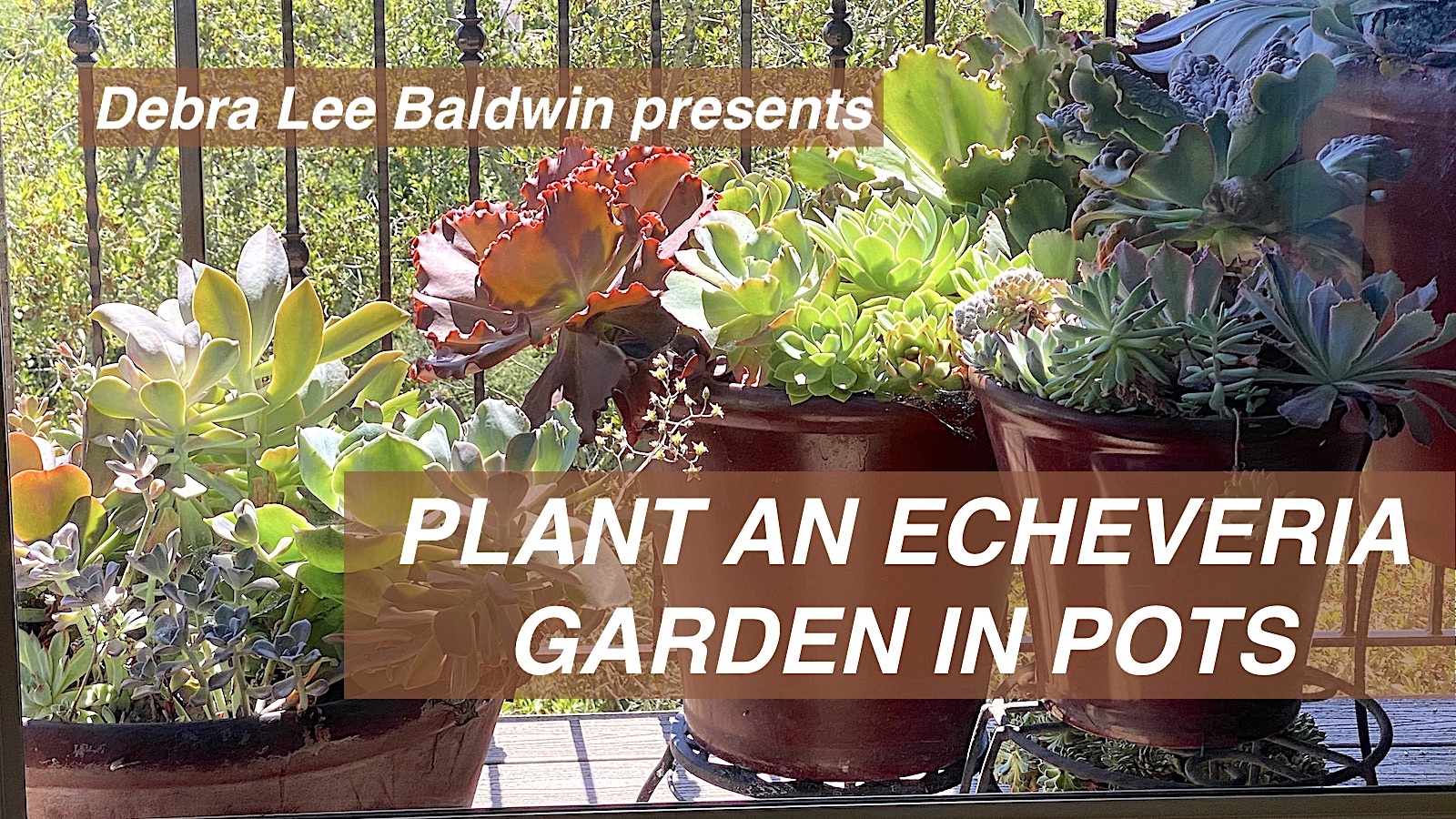

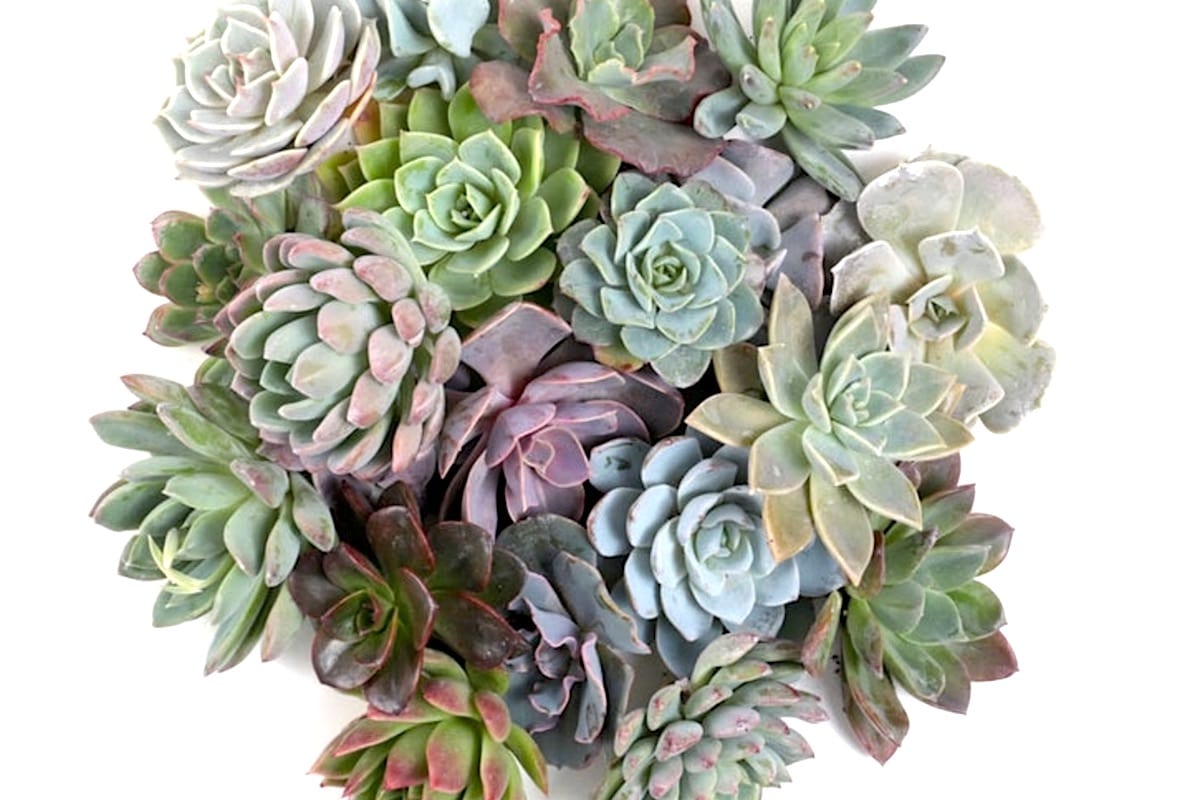
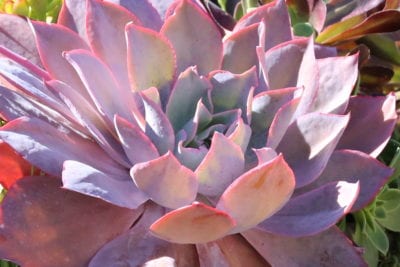
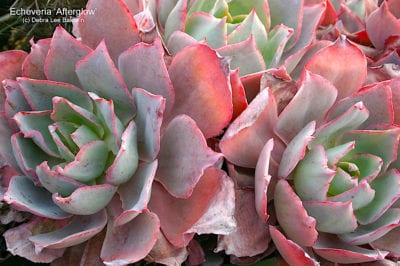
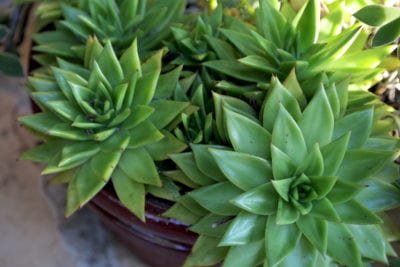
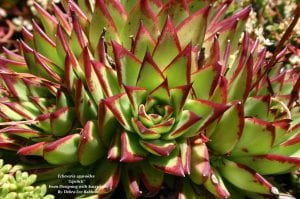
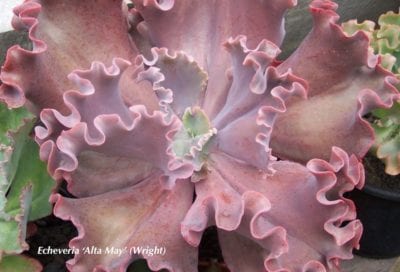
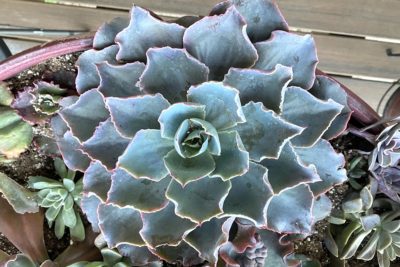
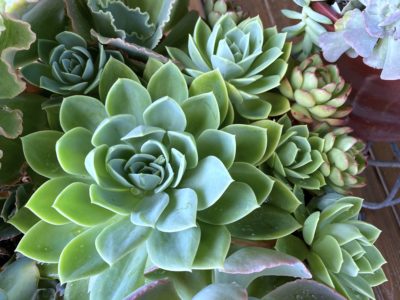
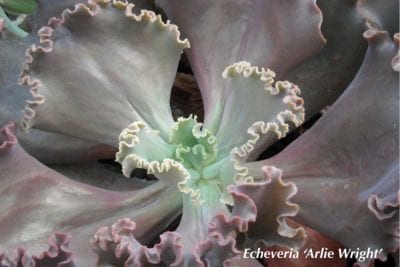

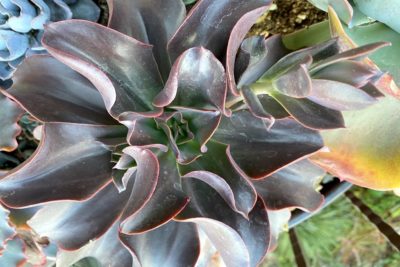

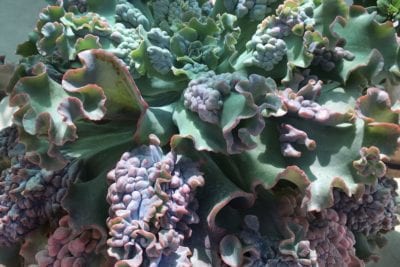
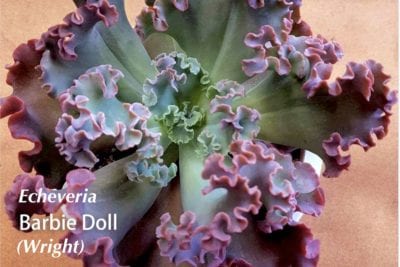
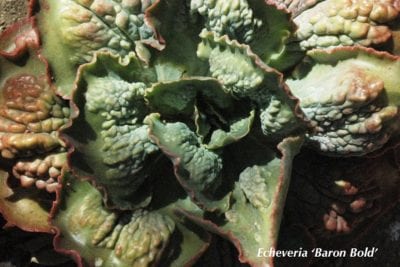
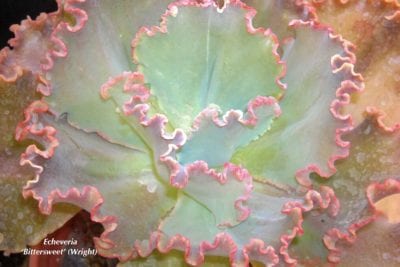
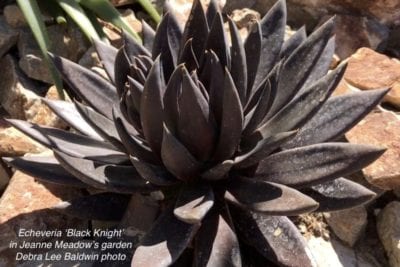
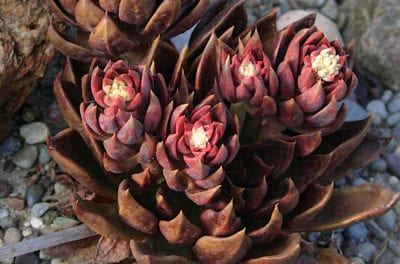
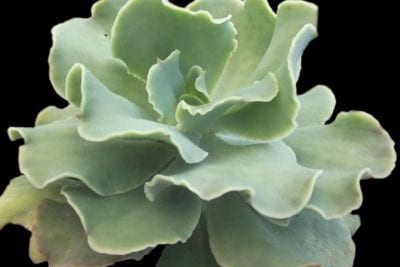
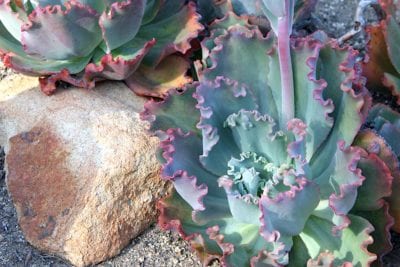
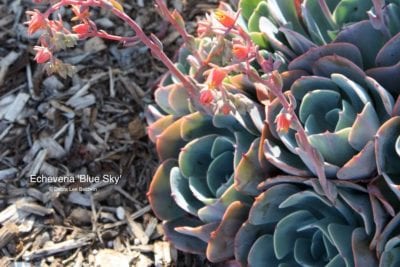
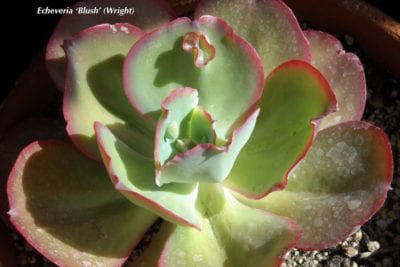
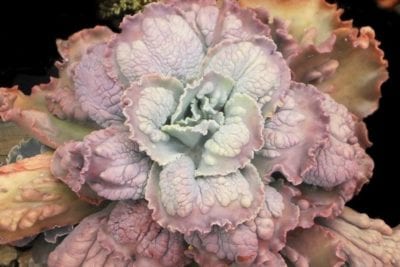

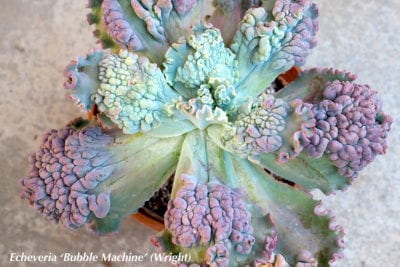

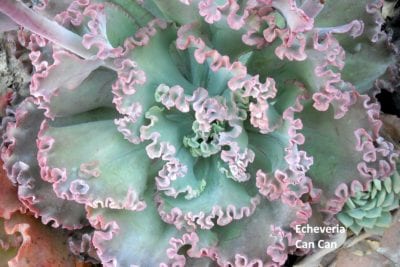

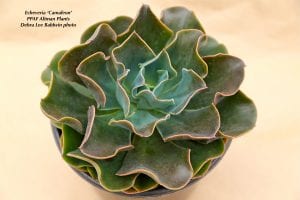
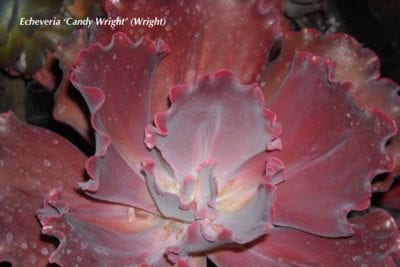
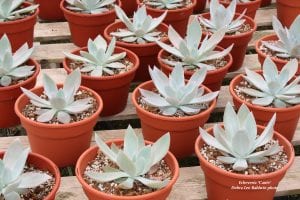

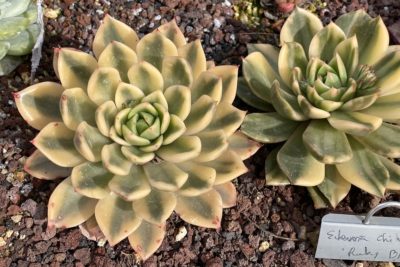
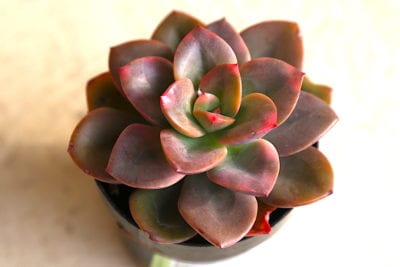
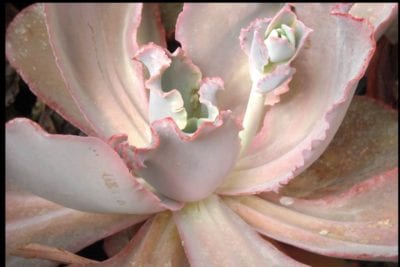
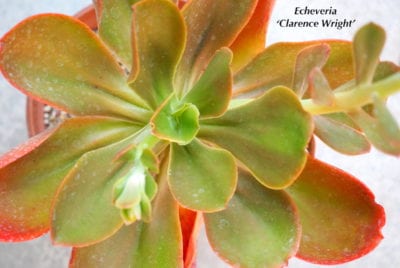
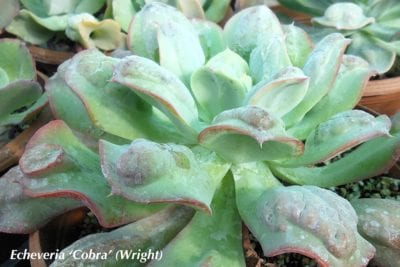

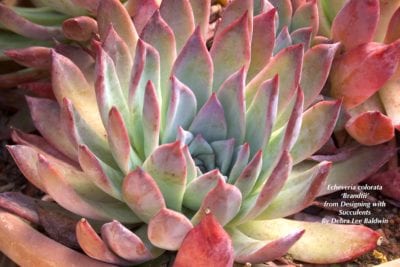
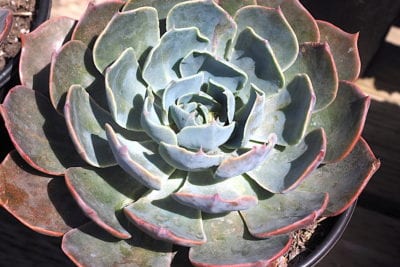


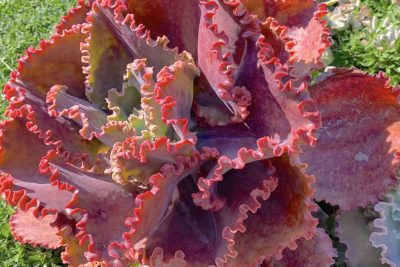

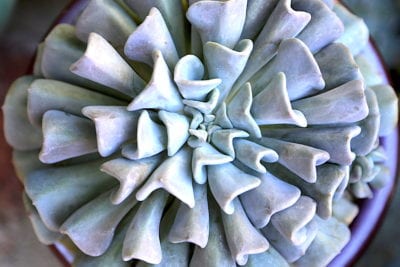

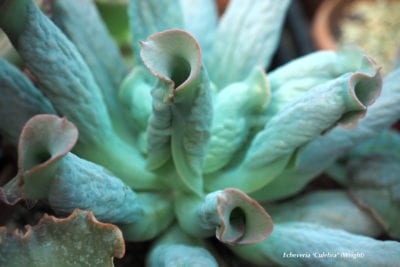


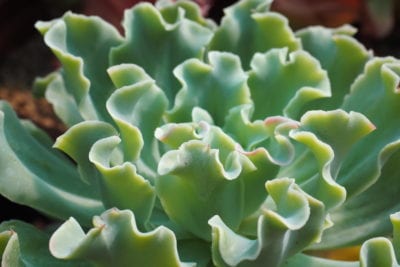
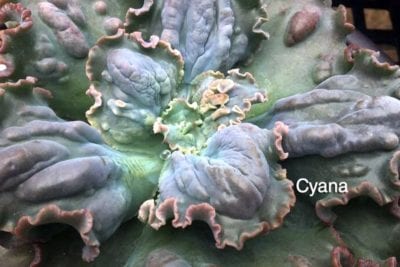
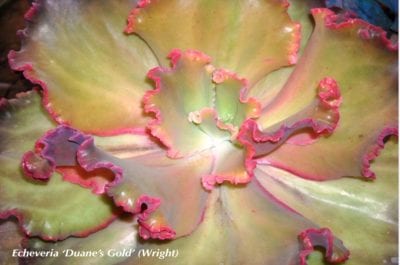
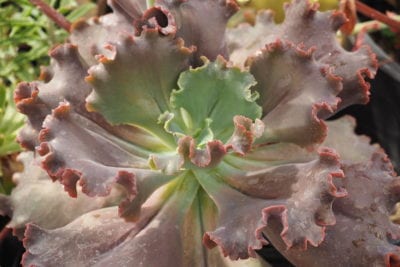
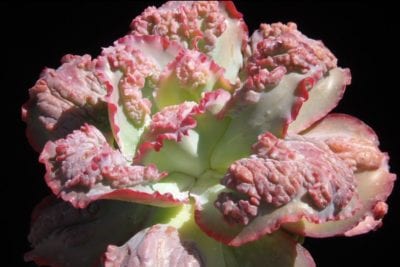

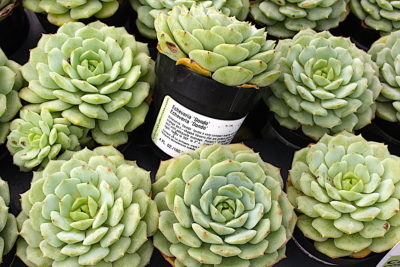
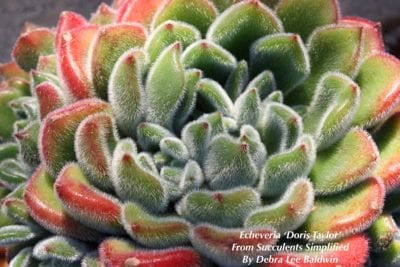

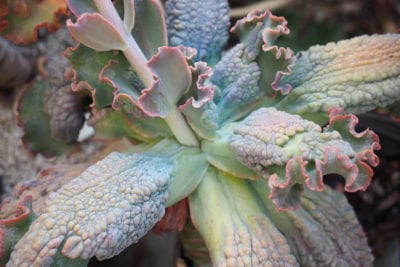
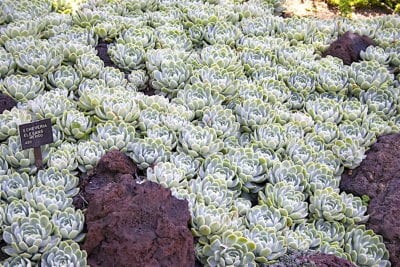

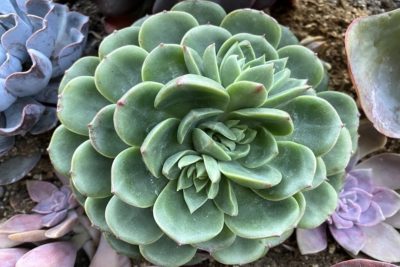
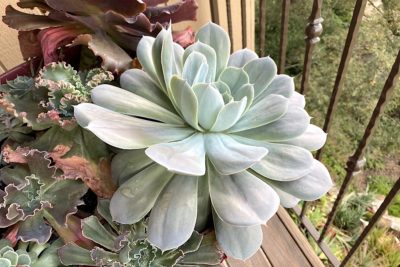
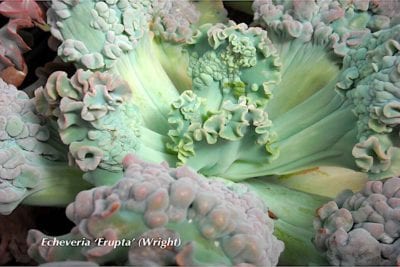



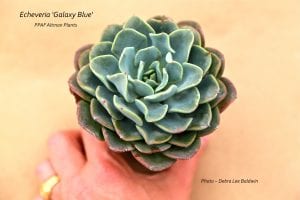
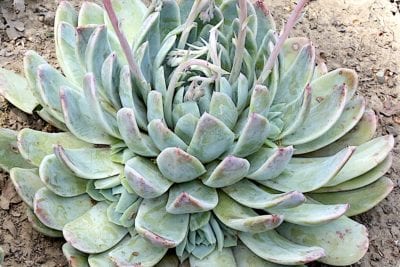
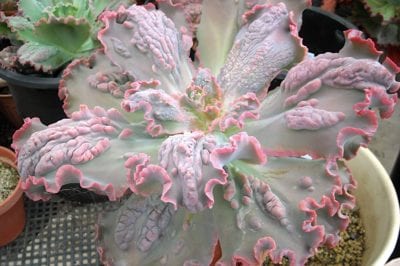

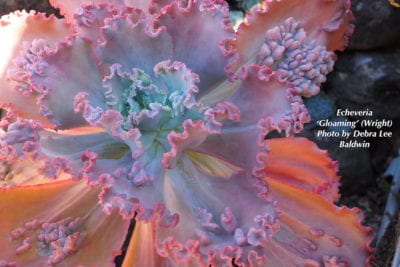


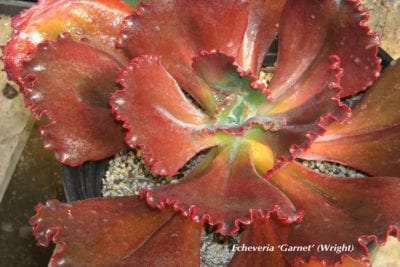
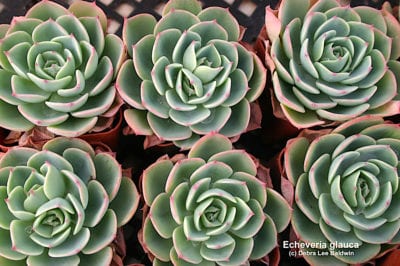
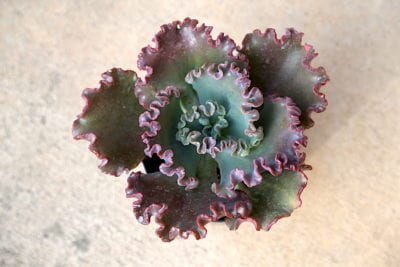
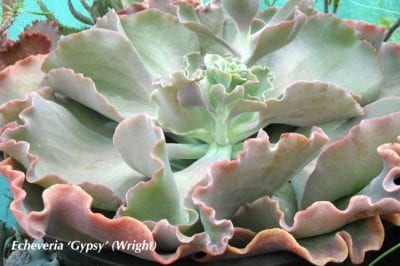
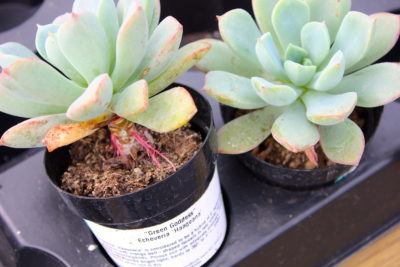
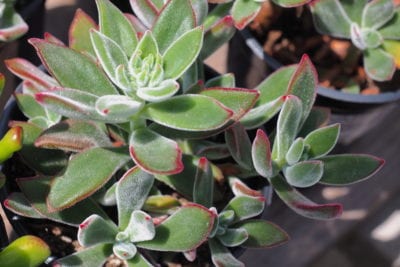



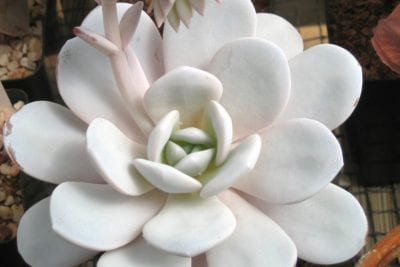

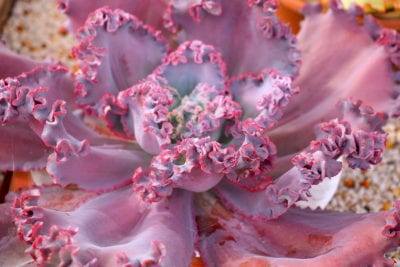
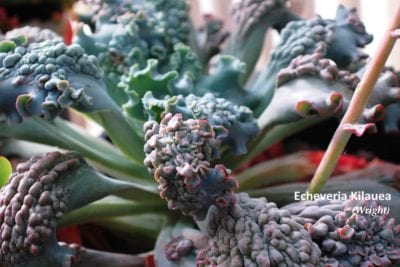
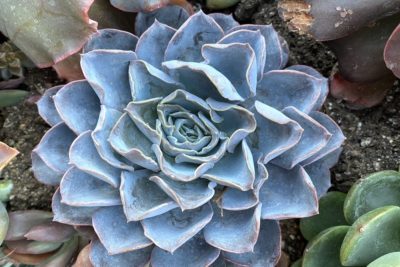
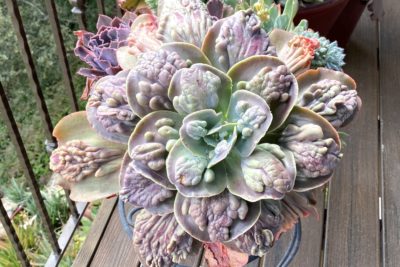
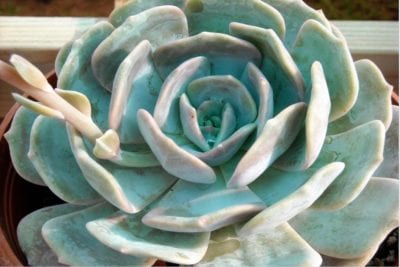
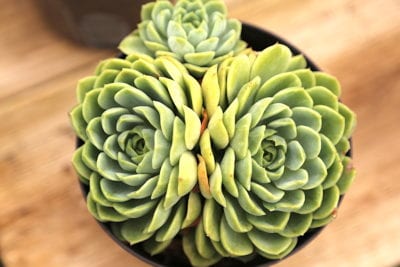
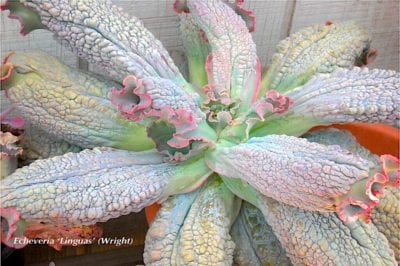
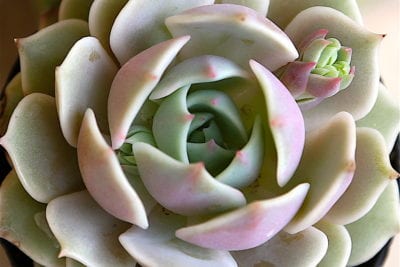
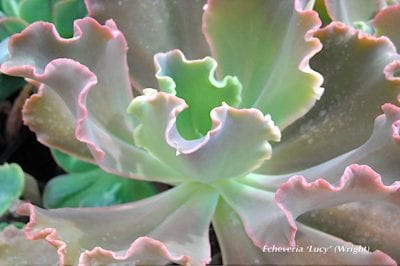


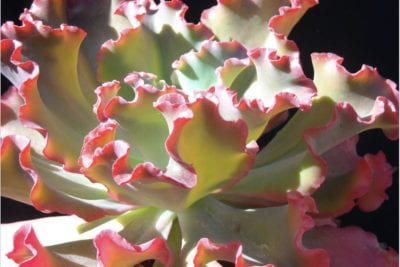
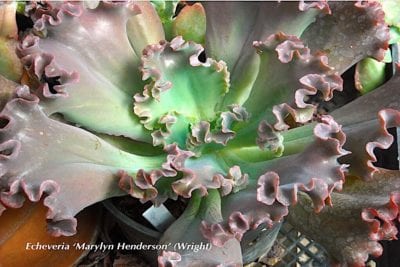
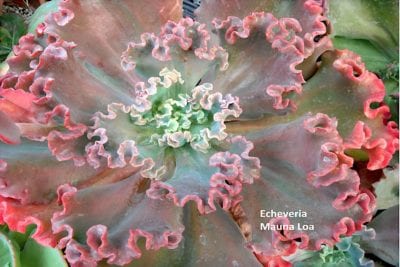
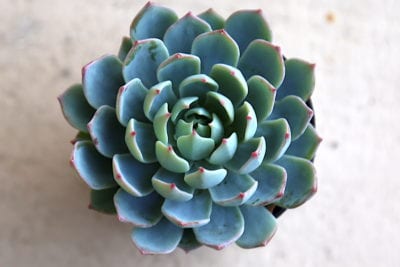

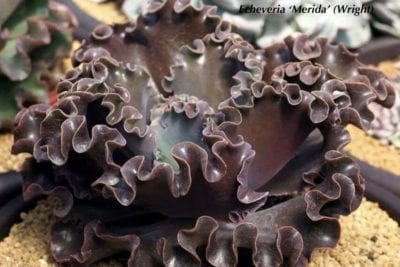
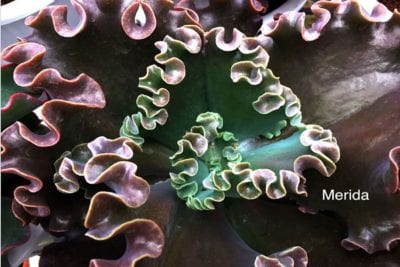
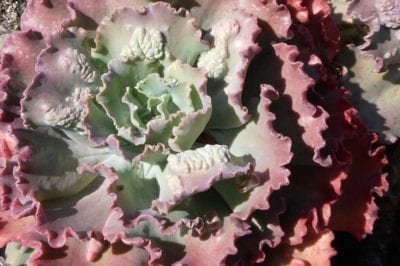
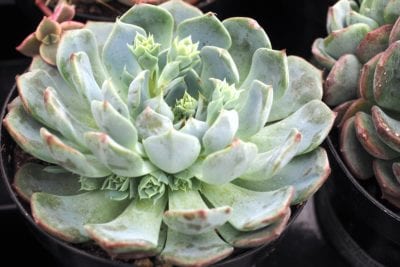

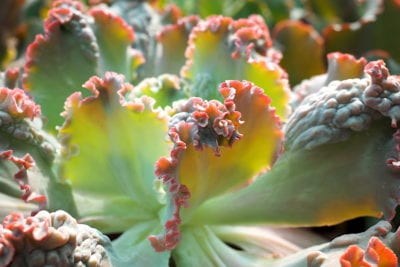
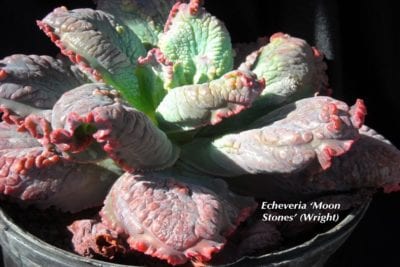
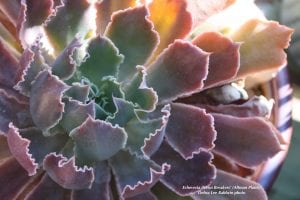
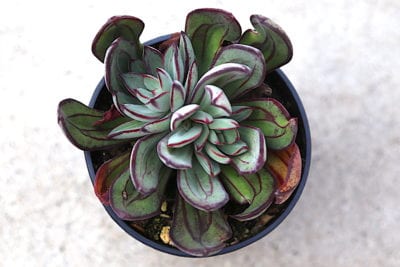
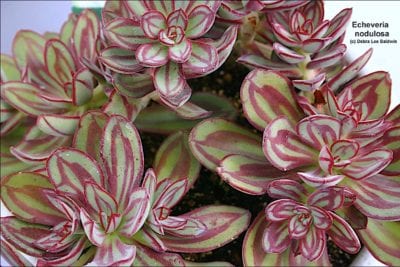



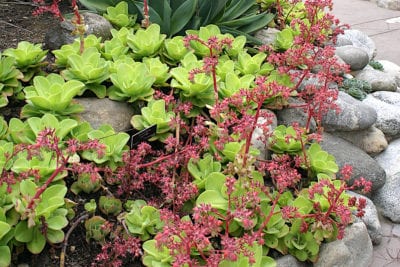
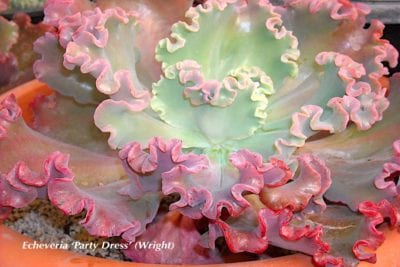
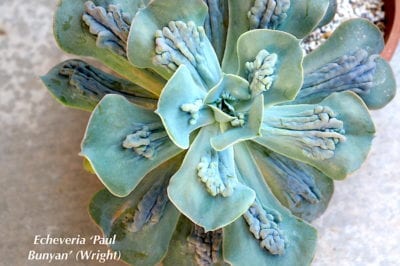
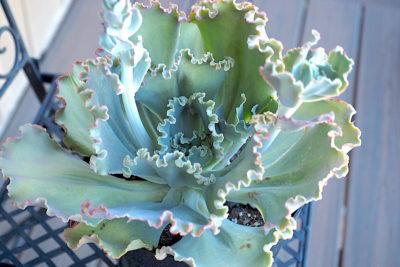
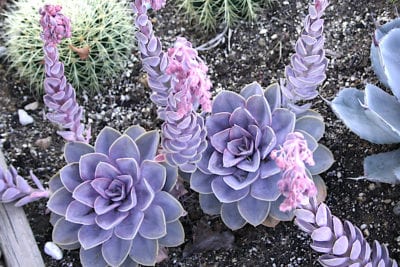
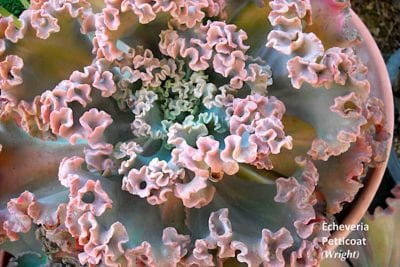
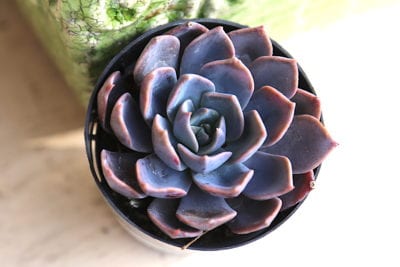

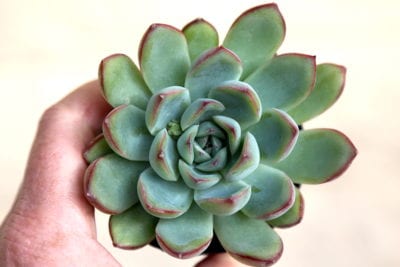
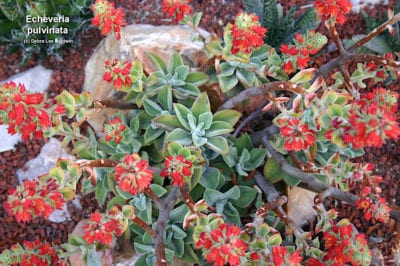
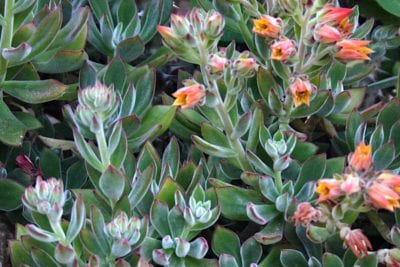

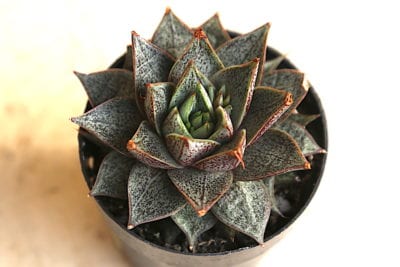
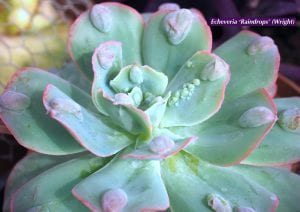

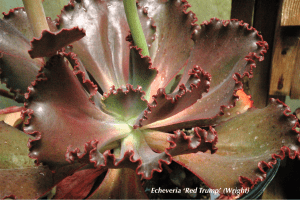
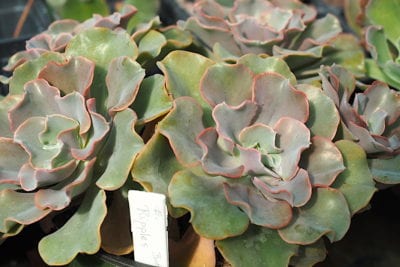
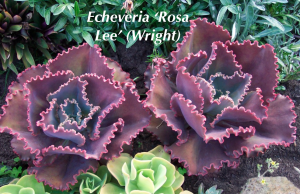
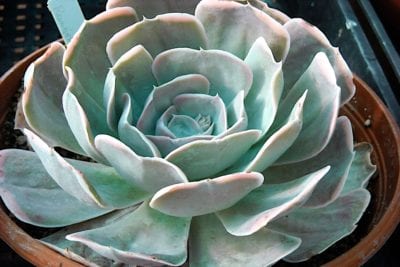

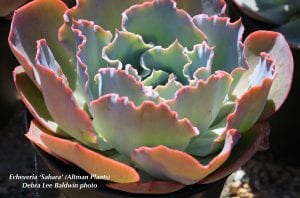
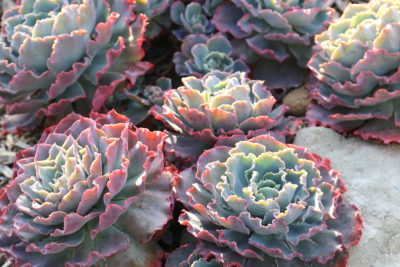

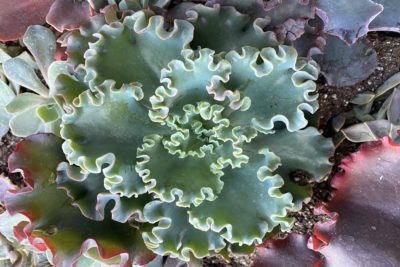
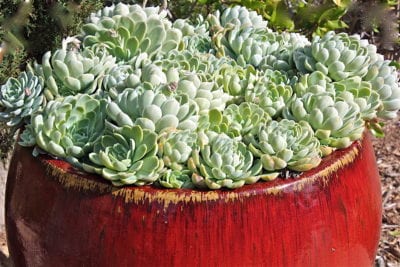
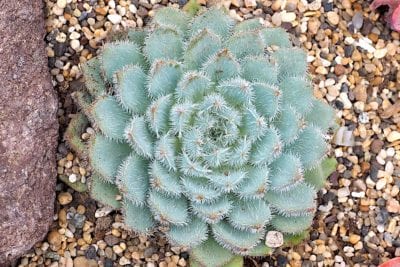
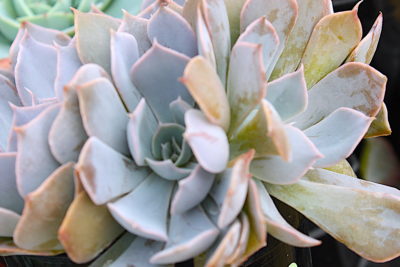
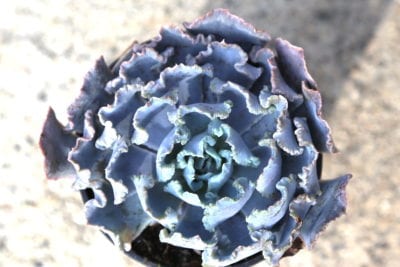


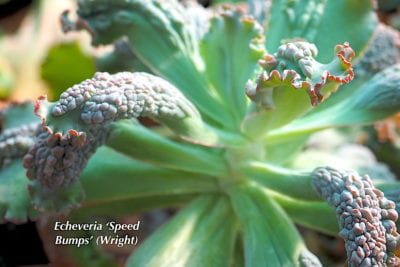
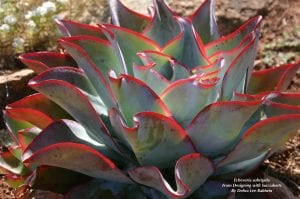
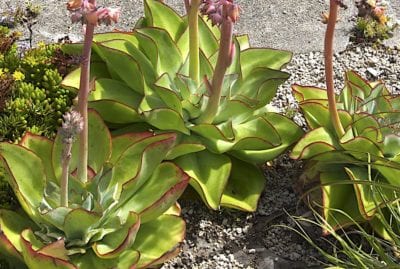
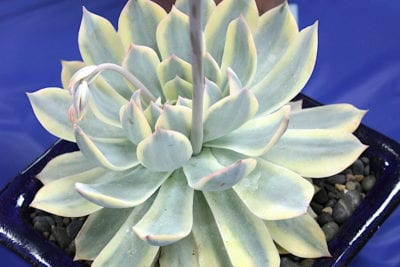
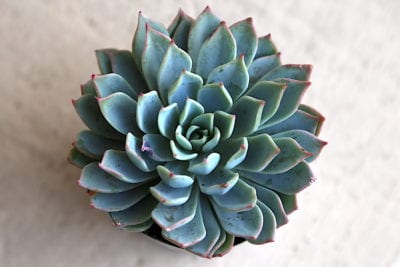
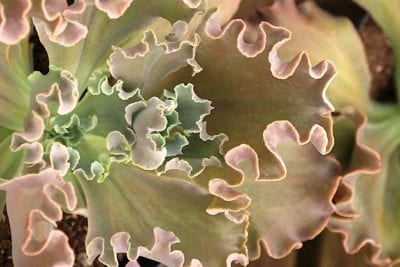

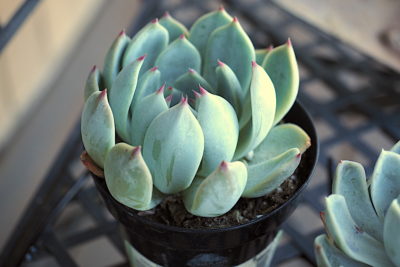
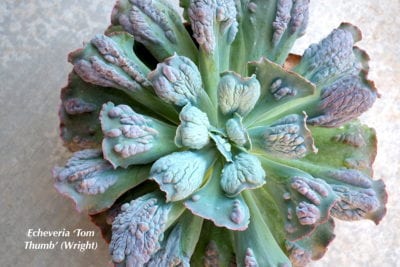
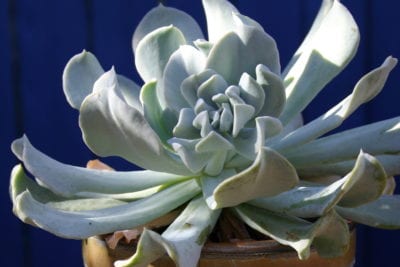
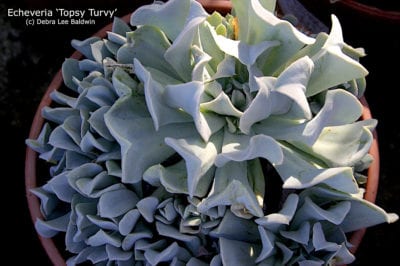
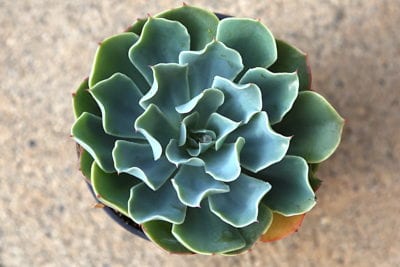

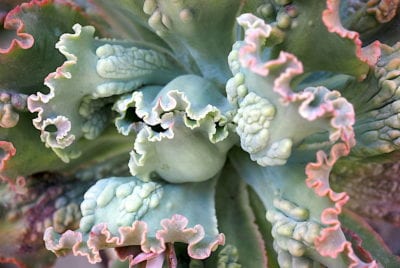
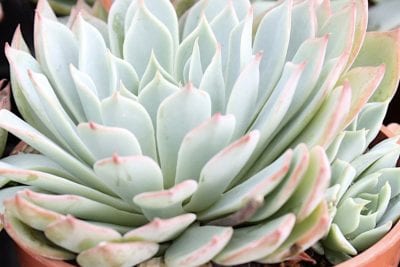



-custom_crop.jpg)